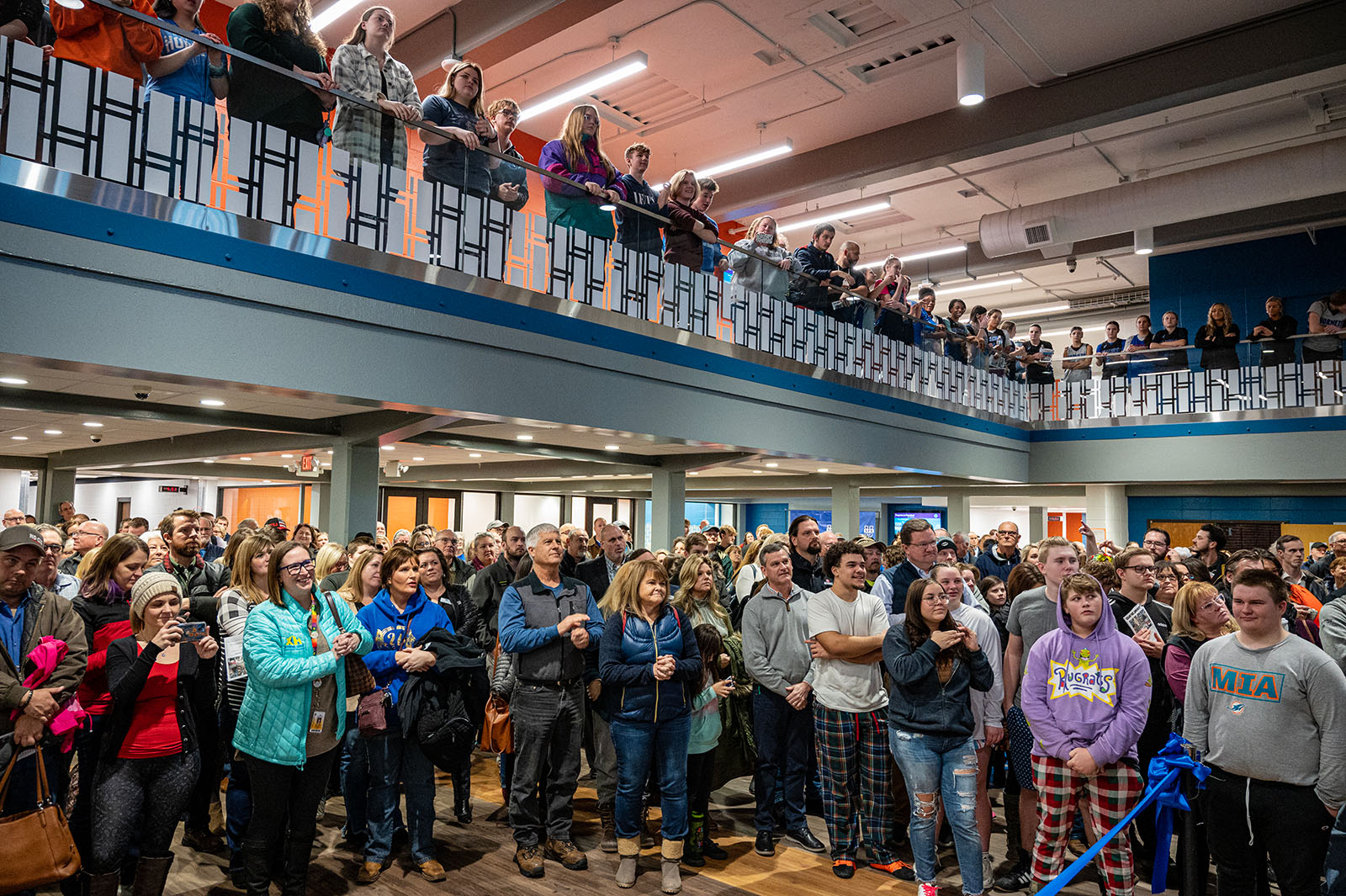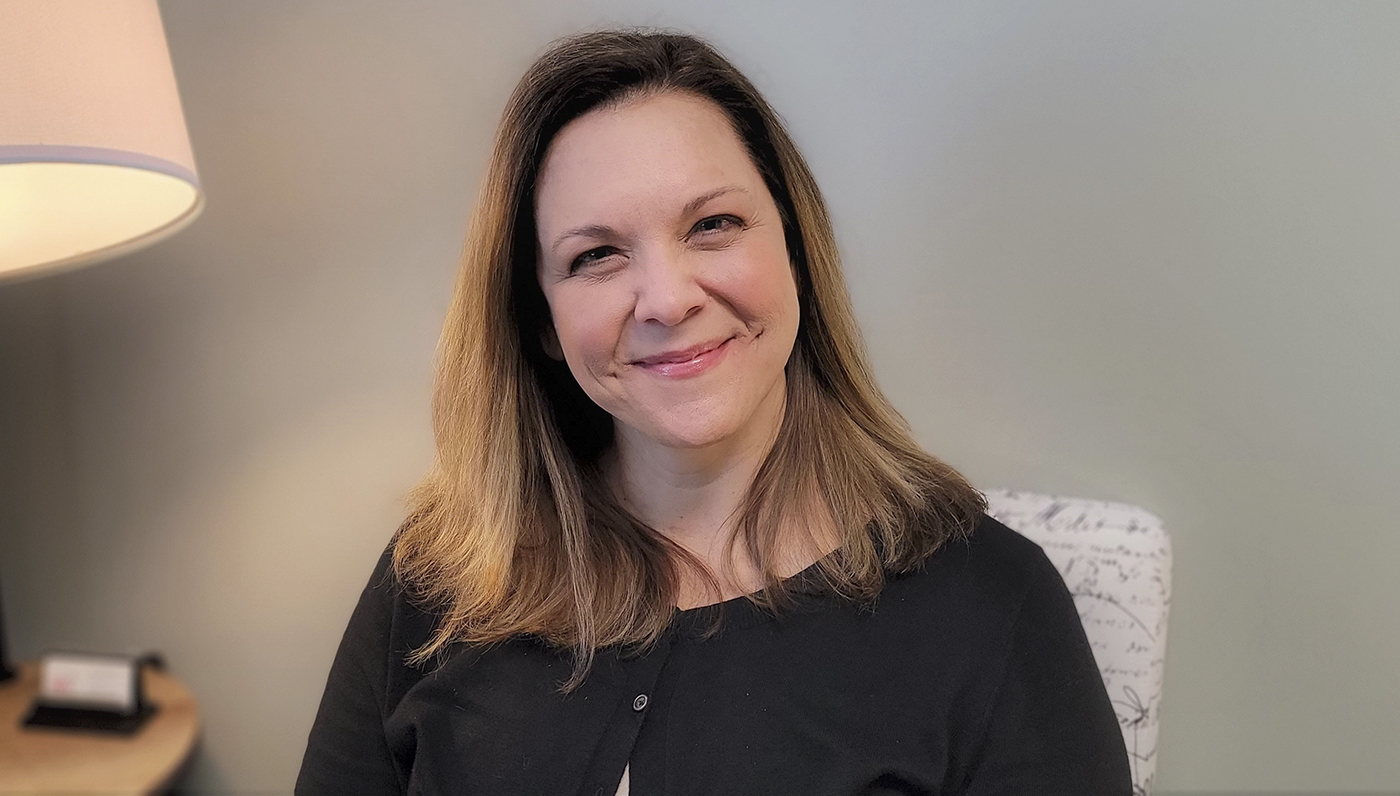As part of the budget for the upcoming school year, Springfield Public School employees will get an overall 3.5% raise and an additional step on salary schedules.
The Springfield Board of Education June 25 approved a budget that calls for expenditures of $362.1 million and revenues of $358.3 million. The fiscal year runs from July 1 to June 30.
The budget and a series of collective bargaining agreements were approved in a consent agenda with a 7-0 vote. Of the 10 groups that represent SPS employees, nine of them are represented by the Springfield National Education Association and one by Teamsters Local No. 245.
The package of salary increases was approved with a separate school board vote, also 7-0.
Examining teacher salary at SPS

The base salary for a starting teacher is $44,972. The salary schedule offers increases based on a teacher’s level of expertise up to a doctorate, and experience up to 30 years. A teacher with 30 years of experience and a doctorate would earn $81,929.
Travis Shaw, deputy superintendent of operations, said that the raises keep SPS as one of the best paying school districts in southwest Missouri.
“It will be the highest in the region, ahead of Joplin by a few hundred dollars,” Shaw said. “Which is something that we strive to do, to be at the top.”
Paying for the pay increases required an estimated $12.2 million in SPS' overall budget. Salaries and benefits are traditionally the biggest expense in the budget, and are projected to cost $290 million, according to budget figures attached to school board documentation.
The investment is helpful for Springfield Public Schools' recruitment and retention efforts, Shaw said.
“That is a tremendous commitment that you all as a board voted on and approved,” Shaw said. “To keep our salary and compensation packages where they need to be.”
COVID-19 recovery money drying up
Springfield Board of Education members got a deeper look at the budget during a study session meeting on June 11.
One of the biggest obstacles for funding this year was the loss of about $30.3 million in federal COVID-19 recovery funding. About $7.4 million was used to pay for about 122 full-time positions related to supporting students.
SPS administrators found ways to retain about 60 of those positions, at a cost of about $4.5 million coming from local and federal sources.
According to school board documentation, negotiations with the two bargaining groups started in December. SPS administrators spent about 118 hours in meetings with the SNEA and more than 10 hours with Teamsters. The two unions ratified the agreements on May 31.
The 3.5% overall raise was applied differently to groups based on their needs and priorities, said Laura Mullins, president of the SNEA.
Union leader: ‘There is still work to be done'

Mullins said the negotiation process resulted in agreements that include other benefits and structures that support employees. Mullins said details were added to the agreements that boosted protection against non-union discrimination, safety for staff members and work-related mental and physical recovery related to traumatic events.
The agreements also helped clarify a definition on seniority and improve processes for teachers to find new positions in the event of a building closure — like what happened with Robberson Community School and Pershing Elementary School in January.
“We had a lot of things we wanted to accomplish,” Mullins said. “We got some of those accomplished and we didn’t reach agreement on other items. We made some good changes, but there is still work to be done.”
In connection with a heightened focus on improving student behavior throughout Springfield, the budget calls for $4.2 million in behavior-related supports, including additional staff members, assistant principals, community liaisons, training materials and the publication of student handbooks for every family.
Other anticipated increases include $338,850 in additional tuition payments for students in Ozark Technical Community College programs such as the Middle College, Fly SPS and the Alliance for Healthcare Education, and an additional $173,270 for Fly SPS supplies and flight hours.

